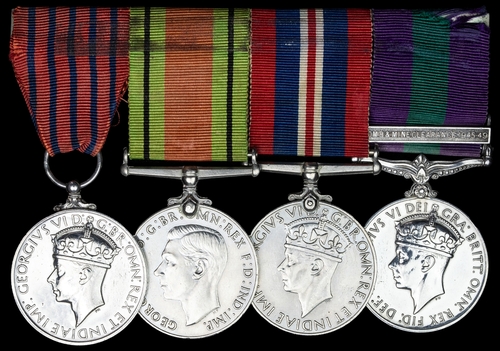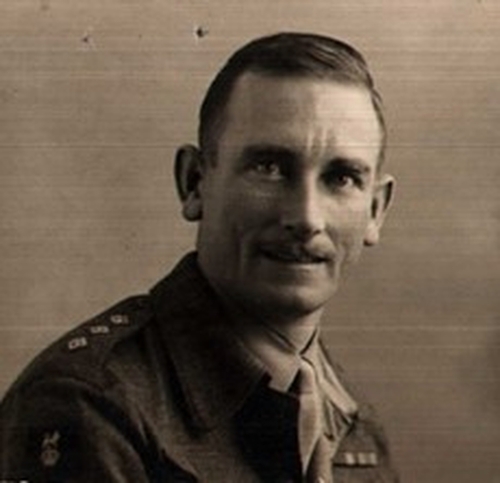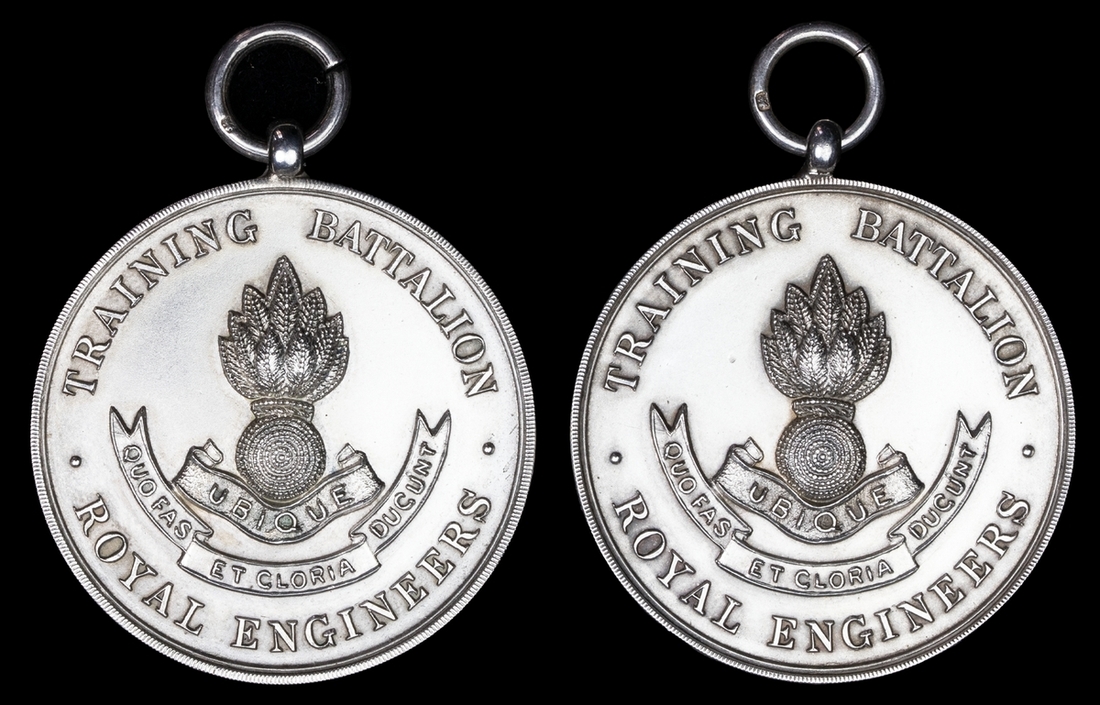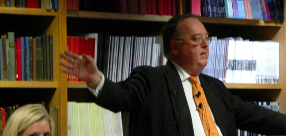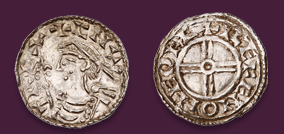Auction: 25003 - Orders, Decorations and Medals
Lot: 198
A remarkable Second War G.M. group of four awarded to Major W. S. Borthwick, No. 11 Bomb Disposal Company, Royal Engineers, who - in the space of 12 months - cleared 1600 mines on Scotland's east coast
The perilous nature of his work was painfully apparent one day in September 1945, when four members of his team were killed by uncharted mines on Peffer Sands
So, too, when a working party of German Prisoners of War detonated two mines on a beach near Dunbar - killing three of their number and wounding nine - Borthwick rushed to their rescue and evacuated the wounded, an exercise imperilled by obvious language difficulties
George Medal, G.VI.R. (Lieut. William S. Borthwick. R.E.); Defence and War Medals 1939-45; General Service 1918-62, 1 clasp, Bomb & Mine Clearance 1945-49 (Lt. W. S. Borthwick. G.M. R.E.), mounted as worn, contact marks, very fine (4)
G.M. London Gazette 28 December 1945:
'In recognition of conspicuous gallantry in carrying out hazardous work in a very brave manner'.
The original recommendation states:
'Lieutenant Borthwick has been engaged in the clearance of minefields for the past 12 months and has dealt with approximately 1600 mines.
On 27 April 1945, whilst he was clearing a minefield south of Dunbar, he received a message that an accident had occurred in a minefield north of Dunbar. He immediately proceeded to the scene and on arrival found that two mines had exploded killing three Prisoners of War and injuring nine others.
Accompanied by a Sergeant, Lieutenant Borthwick swept in with mine detectors and removed all the Prisoners of War and those who had been killed from the minefield. This was a particularly dangerous operation as the Prisoners of War did not understand English and tended to move about in the live minefield when they saw the clearance party approaching towards them with stretchers.
On 14 September 1945, Lieutenant Borthwick received a message regarding another accident which had occurred on Peffer Sands minefield. He proceeded to this minefield with another Sergeant and swept in and removed the bodies of four men of his Company who had been killed in this particular incident.
In both of these incidents, Lieutenant Borthwick ran a considerable risk, but by his initiative and gallant action he ensured that the men who had been wounded were removed with the greatest possible speed and sent to hospital. This officer set a fine example of courage and determination, which inspired those who were privileged to witness his deeds.'
William Sangster Borthwick was born in Mintlaw, Scotland in July 1916 and was educated at Dover Grammar School for Boys. Having then served an apprenticeship at Dover Engineering Works, and qualified as a draughtsman, he enlisted in the Royal Engineers in March 1937.
He was subsequently employed on home defence duties in searchlight batteries, in addition to service as an instructor in the rank of Company Sergeant-Major.
Commissioned in 1943, he undertook specialist training and was serving in No. 11 Bomb Disposal Company at the time of his G.M.-winning exploits on the east coast of Scotland in 1945. His Sergeant, a fellow Scot, Harold Craik, was awarded the B.E.M., and, because of the unusual nature of their gallant deeds, news of their awards received coverage in the home press.
Borthwick was clearly a daring sort of fellow for, in August 1948, he qualified for a civil pilot's licence at Rochester Flying Club and promptly took to the air with numerous glider flights.
Otherwise remaining employed as a regular army officer, he was advanced to Major in July 1952 and was later enrolled in what became known as Operation 'Grapple', in which he assisted in the construction of assorted installations on Christmas Island.
Presumably it was knowledge accrued in 'Grapple' that led to his joining the Atomic Energy Authority at Aldermaston on his retirement from the Army in 1958. Be that as it may, we do know that he was at one point seconded to the Science Research Council, in which capacity he was involved in rocketry trials in Australia, Norway and Scotland.
Borthwick took his second retirement in 1981 and died in Hampshire in February 1995.
Sold with a quantity of original documentation, comprising:
(i)
His Soldier's Service and Pay Book.
(ii)
His leather-bound Royal Aero Club Aviator's Certificate (No. 24,822), dated 4 August 1948, together with his Ministry of Civil Aviation Certificate of Competency and Licence to Fly Private Flying Machines, with portrait photograph, dated 12 August 1948.
(iii)
His Royal Aero Club Gliding Certificate (No. 9808), dated 20 November 1948, together with his British Gliding Association Personal Flying Log Books (2), covering the period March 1948 to September 1949, and September 1949 to August 1950, and a letter confirming his qualification for a Silver 'C' qualification.
(iv)
A card-mounted newspaper report concerning the award of his G.M., together with three photographs.
Subject to 20% VAT on Buyer’s Premium. For more information please view Terms and Conditions for Buyers.
Estimate
£6,000 to £8,000
Starting price
£5800

